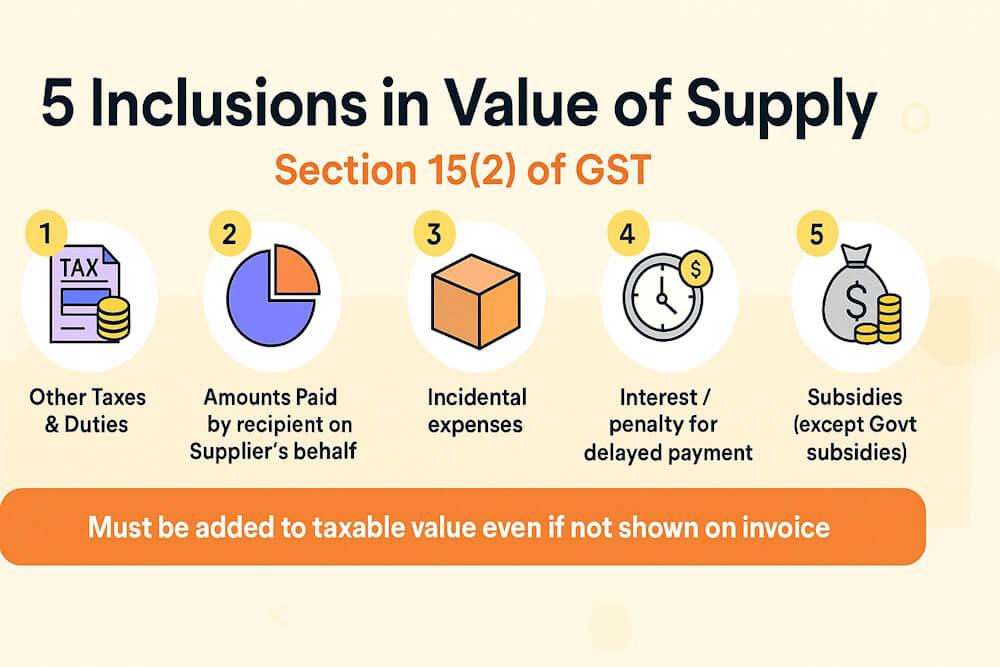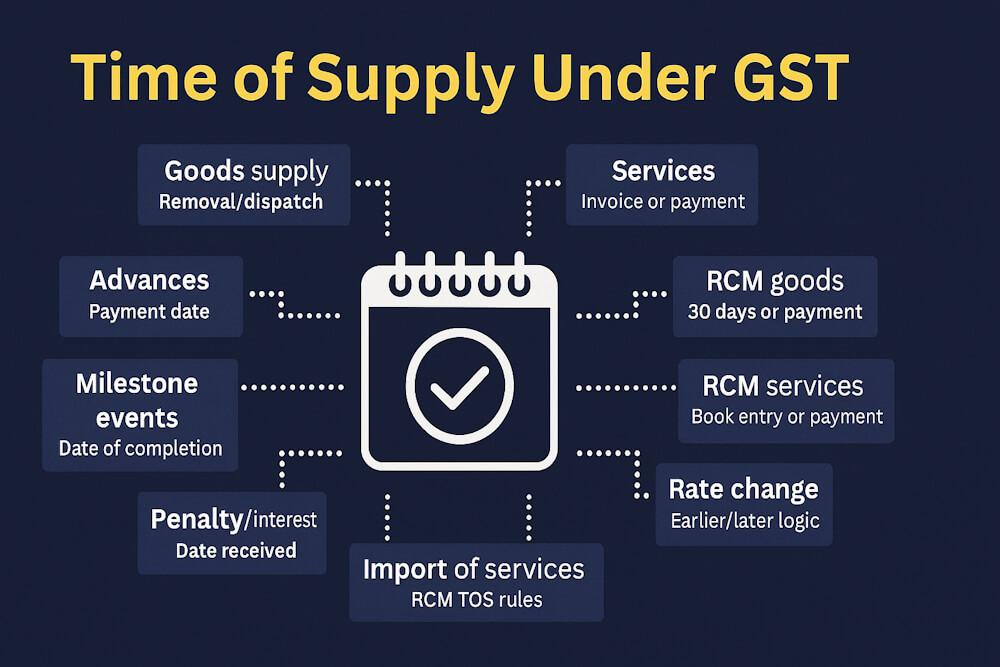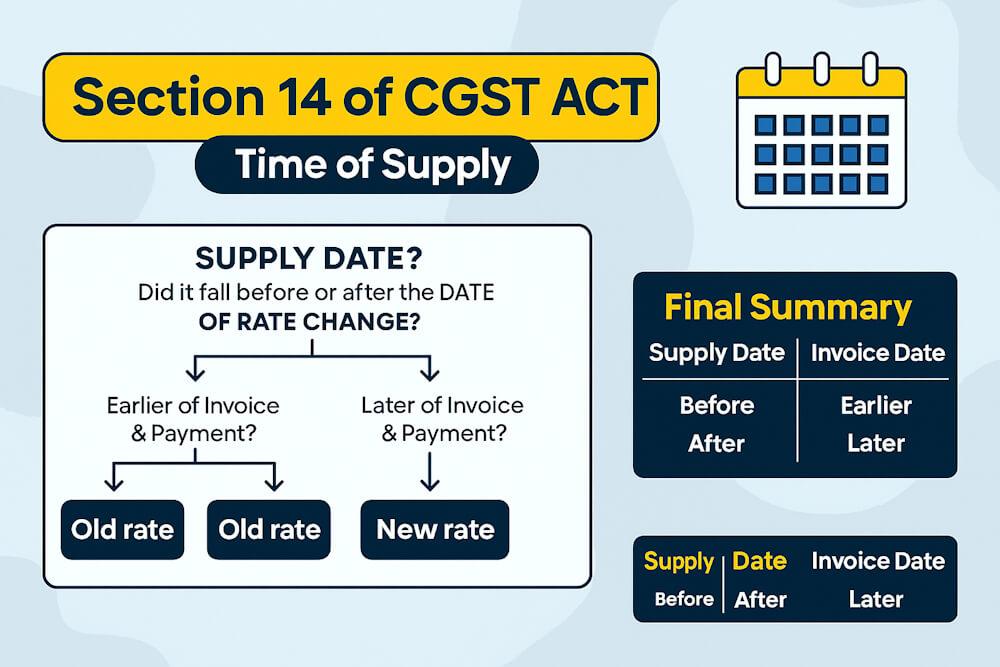If you look at any company that’s doing well, you’ll notice one thing in common: they don’t just run randomly. They’ve got some kind of strategy in place. And here’s the tricky part—it’s not just one single strategy sitting at the top. Strategy actually works at different levels.
Usually, people talk about three main ones: corporate, business, and functional (or operational). But honestly, it goes beyond that too—sometimes stretching out to international, national, local, division, branch, and right down to departmental levels.
Corporate-Level Strategy
This is the “big boss” strategy. The one the top management spends late nights on. It’s about answering questions like: What industries do we want to be in? Which markets should we expand to? Should we buy or sell off certain units?
Basically, this level is tied to the vision and mission of the whole organization. If the company is a ship, corporate strategy is the captain’s map. It tells everyone else where the ship is sailing.
Without it, the rest of the strategies don’t really have a direction.
Business-Level Strategy
Now, zoom in a little bit. Inside the company, you’ll usually find multiple Strategic Business Units (SBUs). Each one is like a small company within the larger company.
Business-level strategy answers the “how” question: How do we compete in this market? How do we win against rivals here?
An SBU is interesting because it’s semi-independent. It has its own target market, its own mini-vision, even its own internal functions (like marketing, HR, operations).
Some upsides of SBUs? You can focus on a specific audience, develop competitive edges, allocate resources more cleanly, and test out new business ideas. But on the flip side, they’re expensive to maintain, sometimes fight with each other, and can slow down decision-making if coordination isn’t great.
That’s why corporate strategy is still the glue—it decides which SBUs to grow, which ones to cut, and how they all fit into the larger puzzle.
Functional or Operational Strategy
Here’s where the day-to-day grind lives. Functional strategies are department-level plans. They’re not about “taking over new markets” but more about things like: How should we handle marketing campaigns? How do we improve HR policies? What’s the production schedule?
So, marketing has its plan, HR has theirs, finance has theirs—and all of them need to line up with the bigger business-unit goals. Which again need to line up with corporate goals.
The funny part is, functional strategies don’t always look the same everywhere. A marketing campaign in one country may be totally different from the campaign in another country, even though the corporate message is the same.
Beyond the Three Levels: Other Scales of Strategy
If you break it down even more, strategy can stretch across different scales:
- International strategy – competing across countries, adjusting to cultures, regulations, and global competition.
- National strategy – focused on one country’s market and laws.
- Local strategy – fitting into the unique needs of cities, regions, or towns.
- Divisional strategy – managing whole divisions that handle big chunks of business (like electronics vs. appliances).
- Branch strategy – what individual branches do to align with bigger goals.
- Departmental strategy – the micro-level; each department’s short-term plan.
Wrapping It All Together
So here’s the bottom line: strategy isn’t just one neat document sitting on a CEO’s desk. It’s layered. The corporate level says where the company wants to go. The business level figures out how each unit competes. And the functional level keeps the daily engine running.
And depending on the size of the organization, those layers might stretch from global offices all the way down to your local branch or even the HR desk at a single department.
If one layer slips, the whole system feels it. But when they click together, you get direction, clarity, and growth.
At the end of the day, strategy is basically about making choices—what to do, what not to do, and how to keep everyone pulling in the same direction.





